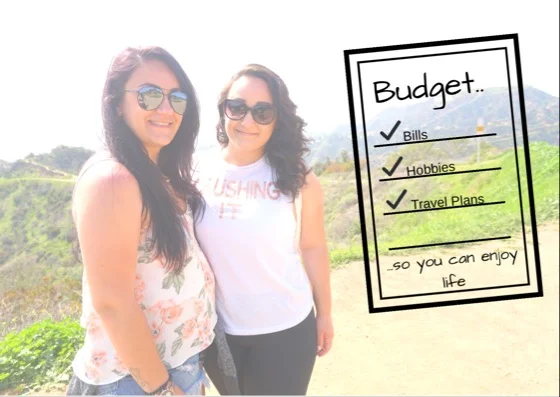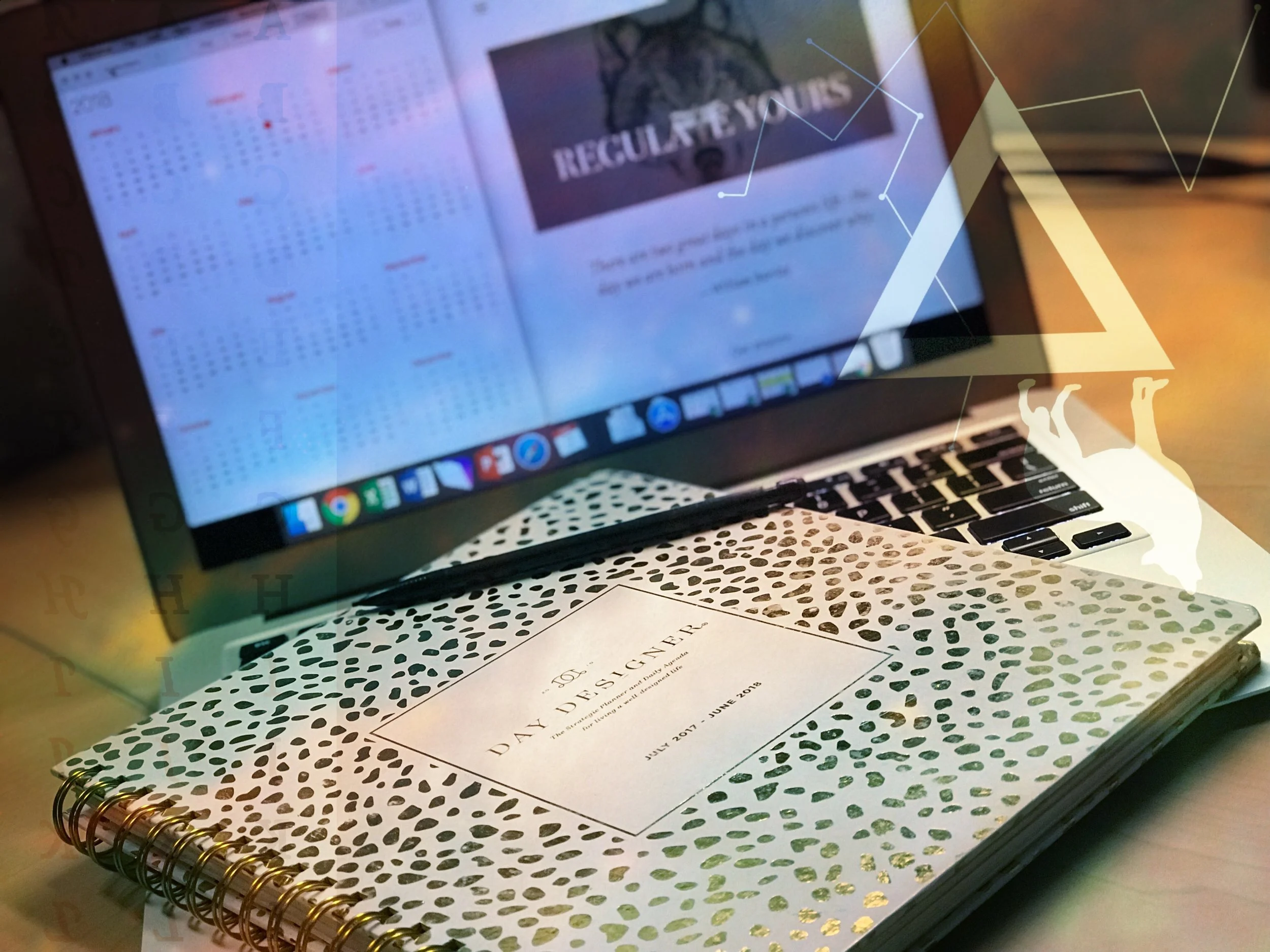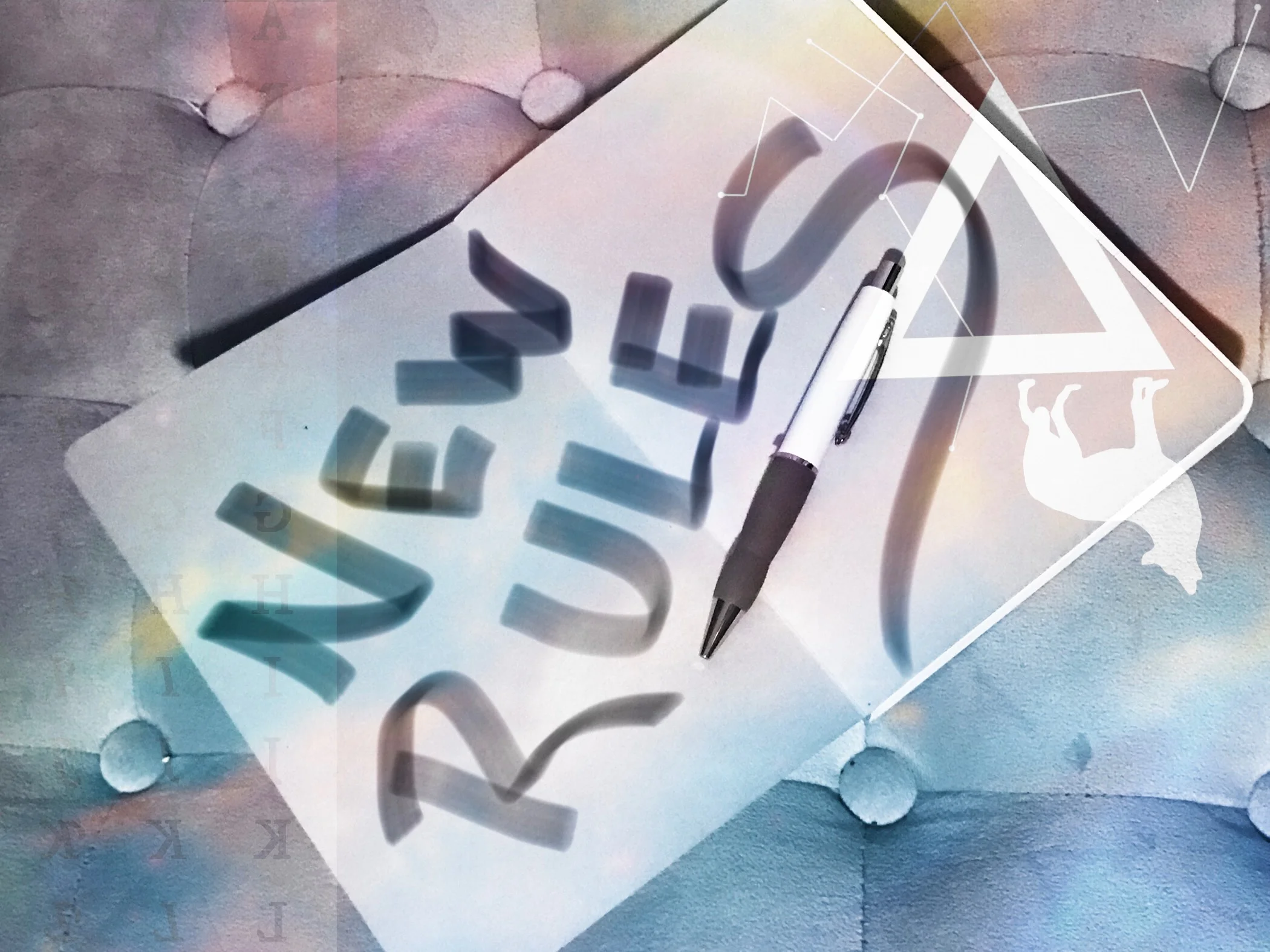Budget...so you can enjoy life
Budget, a word that makes many people cringe.
Many people hear the word “budgeting” and automatically associate it with saving all your money and never having any fun. If that is your idea of budgeting, then I’m here to tell you that you have it all wrong.
As Dave Ramsey once said, “Budgeting is telling your money where to go instead of wondering where it went”. Wouldn’t it be nice to have a plan for your paycheck rather than constantly checking your accounts to see what you have left and wondering where you spent it all?
Below I’m going to highlight some steps you can take to start budgeting your money so that you can enjoy life a little more.
Let’s start.
Step 1: Choose a method that may work best for you.
- Old School: Pen, paper & physical planner
- Old School Digital: Excel Spreadsheet
- New School: an App like Mint
Step 2: Income vs. Expenses
- List out your monthly income. When writing down your income, I suggest only providing your main income source to start. Side jobs may not be consistent from month to month and can throw you off, but it’s always great to have that extra cash!
- Next, list your expenses. Start with your monthly expenses. These include your rent, utilities, car payment, car insurance, gas, commuter pass, groceries, gym, pretty much anything that you know is a standard monthly payment you make. This helps so that you don't forget a payment and get hit with late fees.
- Next, list the extra expenses: These are hobbies, planned trips and your monthly allowance to yourself. Always consider giving yourself a monthly allowance and try sticking to it, so that you are not spending any more money than you have.
TIP: Having 2 checking accounts makes a world of difference. Advice, go down to your bank and ask to open an additional bank account. Label the first one Bills and the second Spending. Get a debit card only for your Spending account and use that allowance I mentioned above, to put in this bank account. Also, if you have a part time/sporadic job, you can have the money from that, go directly to your spending or a savings account. This separates the money you have for your bills & big trips and somewhat ensures that you’re not spending over your budgeted amount. Which ultimately keeps your stress levels low. Some people also prefer not having a debit card and strictly taking cash out when you get paid to have as spending money. Remember, there is no “one size fits all” in budgeting, do what works for you!
Step 3: Populate your choice from step 1 with the info from step 2.
- Old School
- In the monthly calendar view of your planner, find the days that you will receive your paycheck and write down the amount, +$1,200(or whatever it is).
- Then, find the due dates for your bills and write those down as well, example: Rent: - $1,000.
- This will give you a clear view of what is due when and how you can break up your paychecks.
- Next, on a piece of paper, add up your income and your monthly expenses and then subtract those expenses from your income.
- Ex: Income $1,200 x 2 = $2,400 | Expenses = $1,800So, $2,400 - $1,800 = $600
- Now, take your $600 and break it up into your other expenses (trips, hobbies, allowance, savings)
- Last, make sure you use your planner and make payments on or before due dates
- Digital Old School
- Create a spreadsheet: When setting it up, think of balancing a checkbook and what that looks like. This helps so that you don’t miss any payments or make advanced payments without having the funds.
- When putting in your expenses, make sure you put both monthly expenses and the extras.
- Set it up by date so that you know when certain bills will pull out of your account and when a paycheck will come in.
- Name the columns Date, Expense Name, Expense Cost & Bank.
- The bank column is there so you can see what you have in the account before and after expenses.
- Create a spreadsheet: When setting it up, think of balancing a checkbook and what that looks like. This helps so that you don’t miss any payments or make advanced payments without having the funds.
- New School:
- App: Even though there are a tone of budgeting apps out there, MINT is one I’ve used in the past and would recommend to others
- Mint is free to sign up
- You can connect it with all your accounts, put in all your expenses with due dates, you can access your credit score and they send you alerts as well.
- Once you download the app, you create your profile, enter all your information and you’re good to go. Also, mint has a web version, just incase you don’t do well with smart phone screens.
- App: Even though there are a tone of budgeting apps out there, MINT is one I’ve used in the past and would recommend to others
Side note: If you are not comfortable with entering your personal information in an app, I would suggest going with the old school way or the digital old school with the spreadsheet.
Now, there is so much more I can talk about when it comes to budgeting, like cutting expenses, ways to grow your savings account & budgeting for a trip so that you can enjoy every bit of it. But, this is step one of the process so I will be leaving you here….for now!




